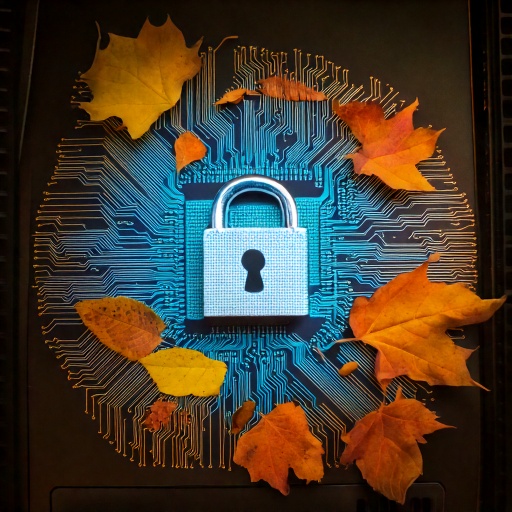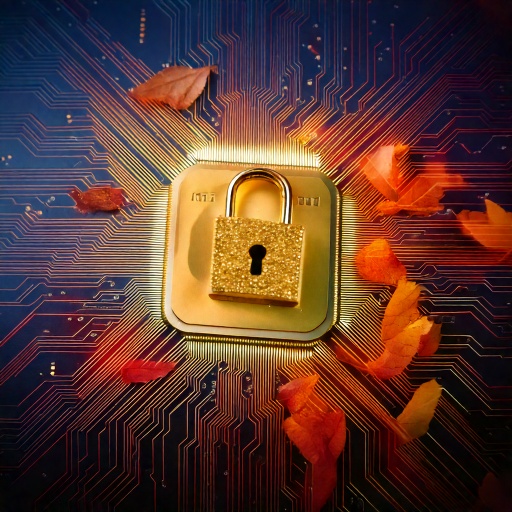
SIDECHAIN INSIGHTS
September brings cooler weather (unless you live in Los Angeles) and kids firmly entrenched into the new school year. It’s also the month we celebrate National IT Professionals Day and highlight the importance of IT experts in keeping systems running smoothly. Additionally, the annual Open Source Summit was held on September 25th. The Summit serves as a central hub for the open source community to collaborate, share knowledge, and foster innovation across various technologies like Linux, cloud, AI, and embedded systems. It provides a forum for developers and leaders to discuss future trends, address industry challenges, and ensure the sustainability and growth of the open source ecosystem by connecting contributors with experts, leading companies, and career opportunities. We would love to hear from anyone that attended and would like to contribute a guest post to the next newsletter!

QUICK TAKE
- Oh Behave! The Annual Cybersecurity Attitudes And Behaviors Report 2025. Each year, the National Cybersecurity Alliance releases research to better understand the public’s security behavior and to act as a call to action for better secure habits online. Click here to request your copy.
- School and summer holidays are in the rear view mirror but it won’t be long until Thanksgiving is up on us. Prepare for your vacation by using these travel cybersecurity tips!
QUIZ

IIn light of the findings that came out of the Cybersecurity Alliance’s Oh Behave! report, let’s get back to basics. Test your knowledge on some of the easiest ways to stay protected. The first five people to send their correct answers to us here, will receive Sidechain swag!
1. You need a strong, unique password for each account. What’s the best approach?
A. Use a memorable phrase and reuse it everywhere
B. Add “123!” to your usual password for new sites
C. Store unique passwords in a reputable password manager
D. Write passwords on a sticky note hidden under your keyboard
2. Which email is most likely a phishing attempt?
A. “Your invoice is attached; please review by Friday” from a known vendor you work with often
B. “URGENT: Your account will be closed in 2 hours—click here to verify now” from an unfamiliar domain
C. “Team lunch next week—vote for your preference” from HR
D. “System maintenance notice” from your IT announcements list
3. Which MFA method generally offers the strongest protection?
A. SMS text codes
B. Email one-time codes
C. Authenticator app (TOTP)
D. Hardware security key (FIDO2/WebAuthn)
4. You must check a sensitive account (e.g., payroll) while traveling. What’s the safest option?
A. Use airport Wi-Fi with no extra steps
B. Use airport Wi-Fi but only after clicking “I agree” on the captive portal
C. Use a trusted VPN or personal hotspot; verify the site uses HTTPS
D. Turn off HTTPS-only mode to make the site load faster
5. Which backup practice best limits damage from ransomware?
A. Keep a single backup on the same computer for convenience
B. Use the 3-2-1 rule: 3 copies, 2 different media, 1 off-site/immutable
C. Email yourself important files periodically
D. Rely on autosave and hope for the best
Keep scrolling to see if you got it right!
INDUSTRY TRENDS & NEWS
- For those customers in regulated industries, compliance is key. The California Privacy Protection Agency (CPPA) announced on 9/23/25 that the California Office of Administrative Law has approved regulations covering cybersecurity audits, risk assessments, automated decision-making technology (ADMT), insurance companies, and updates to existing CCPA regulations. These rules ensure that Californians have the strongest privacy protections in the country. Read more here.
- The Cybersecurity Battleground: September 2025’s Most Critical Threats. As we analyze the current threat landscape, three dominant trends emerge: the weaponization of artificial intelligence for sophisticated attacks, an unprecedented surge in regulatory compliance requirements, and the evolution of ransomware into precision-targeted operations. Organizations worldwide are grappling with threats that combine traditional attack vectors with cutting-edge AI capabilities, creating challenges that demand immediate attention and strategic response. Stay informed here.
SIDECHAIN BLOG

Read our latest blogs here. We have a new series starting – everything you ever needed to know about Data-Protection-As-A-Service (DPaaS)!
What is DPaaS and Why Your Business Needs it Now. Data is the lifeblood of modern organizations. Customer records, financial data, healthcare information, intellectual property—all of it is what makes businesses run. But with the increase in cyberattacks, ransomware incidents, and ever-tightening compliance regulations, protecting that data has never been more challenging.
DID YOU KNOW?

The answers to the quiz are:
- C
- B
- D
- C
- B
Remember the first 5 correct responses will win Sidechain swag!
And now for some facts…this month’s facts come hot off the press from the Oh Behave! report conducted by the National Cybersecurity Alliance.
- AI is still a concern.
- 65% of respondents believe AI will make it easier for criminals to pose as someone else.
- Despite the surge in AI usage, 58% of users report receiving no training on security or privacy risks.
- Cybercrime is hitting wallets harder than ever
- 44% of respondents reported experiencing cybercrime that led to data or monetary loss, a 9% increase from 2024.
- Younger generations were hit hardest: 59% of Gen Z and 56% of Millennials reported losses from scams.
- Security habits show ongoing weaknesses
- 62% of respondents report regularly creating unique passwords, a decline from 2024, while 41% never use a password manager.
- While multi-factor authentication is widely recognized (77%), only 41% use it regularly.
- 56% of participants update their software frequently, though only 47% consistently back up important data.

